Welcome to our October Newsletter! This month, we're looking forward to the upcoming WRC-23 in Dubai, where the ATDI team will assist our long-standing and new customers.
Don't miss the opportunity to view our latest webinar covering the fundamentals of FRMCS network planning. This event attracted hundreds of delegates and is now available for streaming on our Vimeo channel. Contact us today if you'd like more information about this subject or want to arrange a demo.
In this month's issue, we have our customary section that explores the recent updates in HTZ, featuring a variety of new and modified features. We also bring you the latest news from Mexico, where the national broadcaster, TV Azteca, has acquired HTZ. And we highlight one of our newest customers, Livelink Aviation, a UK-based consultancy specialising in aviation technology solutions.
Explore the new features in this month's release: HTZ v.2023.10.1. Users can access the latest release through the customer portal.
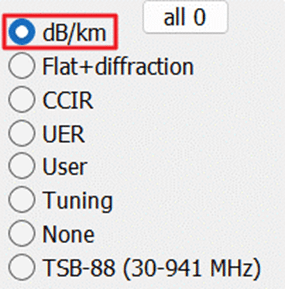
dB/km propagation model: This model has been improved to consider indoor-to-indoor propagation losses when the transmitter and the receiver is located in the same building.
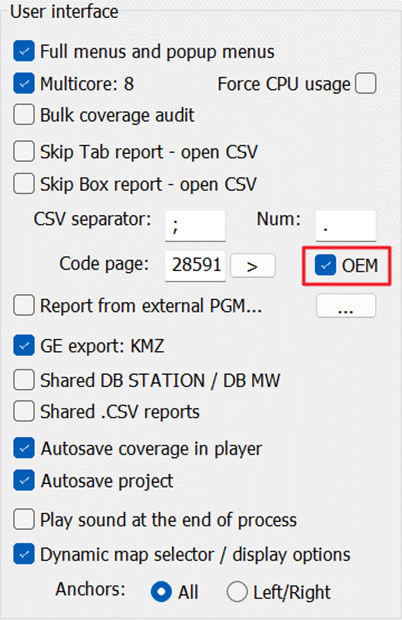
Preferences: OEM option - Translates a string from the OEM-defined character set into an ANSI (ANSI version) or a wide-character string (Unicode version). This is used to import vectors only.
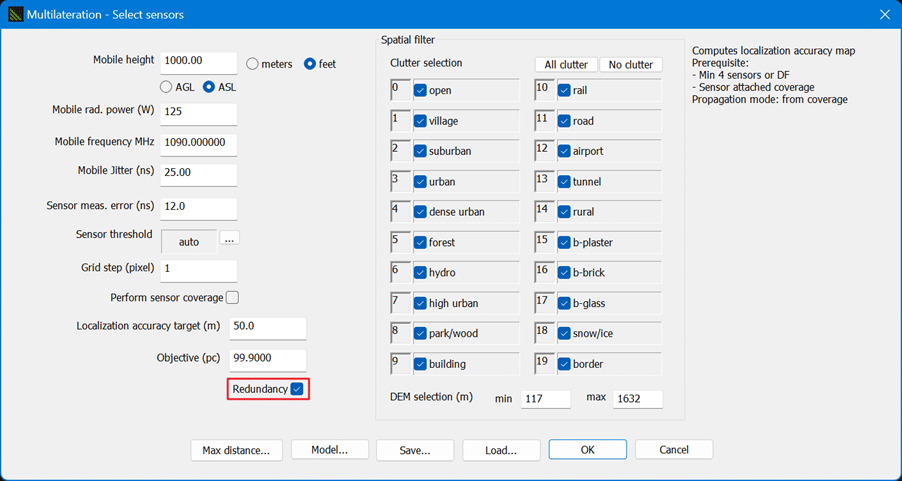
Rectangle tool / Multilateration / Select sensors – This feature removes useless sensors (stations) according to a given coverage objective (in % of the target area) and for a given localisation precision (in m). When the "Redundancy" option is enabled, it ensures that the minimum number of stations needed to achieve the coverage objectives are applied while maintaining the expected localisation precision. As more stations are added, this feature helps maintain coverage even if a station is deactivated or turned off.

Subscriber/Parenting/Site Optimisation – An option has been added at the end of the process to deactivate stations connecting no subscribers.
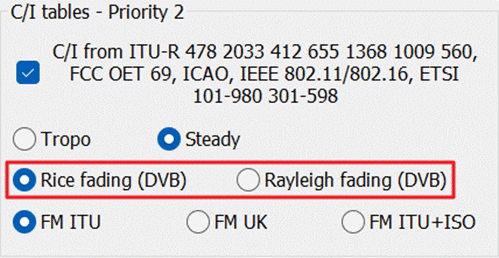
C/I Tables – The required protection ratios (according to GE06) for DAB interfered with by DVB can be selected for the "mobile and portable reception" ("Rayleigh" option in the required C/I settings) and the "Gaussian channel" ("Rice" option in the required C/I settings).
Check out the latest cartographic datasets released. These royalty-free datasets are a valuable addition to your cartographic toolkit and are accessible to the customer portal. Here's a summary of the data resolutions and the corresponding locations:
1m resolution (DTM/Clutter/Buildings): Oespel, Germany. Woodfibre, Canada. Hasselt, Belgium.
5m resolution (DTM/Clutter/Buildings): American Samoa, USA.
10m resolution (DTM/Clutter): Manila, Philippines. Canary Islands (population).
20m resolution (DTM/Clutter): Korea (South part + South Japan). Romania (population). Bangladesh. Malaysia conductivity map.
25m resolution (Population): Spain
90m resolution (DTM/Clutter): France +500km
100m resolution (Population): India (raster population). Korea (conductivity). Korea +1000km (SRTM).
To learn more about our latest cartography releases and how to access them through valid maintenance contracts, please get in touch with your local sales office.

LiveLink Aerospace, a UK team of aviation specialists, has secured a portion of a £3.2 million research fund from the UK Government to address the impact of wind farms on air defence, maritime and civil aviation radars. In support of this vital project, LiveLink has acquired HTZ Communications for modelling and simulating the impact.
Wind turbine blades can disrupt radars causing detection issues and compromising national security. Radar interference, known as clutter, is a challenge for air defence. To maintain radar integrity, LiveLink’s air defence solutions enhance radar and surveillance system capabilities. Their passive sensors – PDAR (Passive Detection and Ranging) are located on wind turbines to significantly reduce radar clutter from turbine blades, enhance intruder detection and eliminate wind farm coverage gaps.
HTZ provides diverse functionalities for these calculations. The Wind Turbine Test Point Reflection function assesses multiple points as wind turbines, determining their reflective cross-sectional area and computing the reflected signal's strength at existing stations.
The Wind Turbine Interference function conducts a point-to-point analysis for each receiver on the map, reporting received power from each wind turbine and transmitted by each activated transmitter. It creates a C/I or I/N map to evaluate the wind turbine's impact on the desired signal, performing a P2P analysis for each receiver and calculating the reflected signal power and threshold degradation. The wind turbine’s reflected signal levels are determined using the bi-static equation.
HTZ simulates wind turbine shadows and their impact on radars using a polygon of the area. Batches of turbines can be imported to expedite calculations. The software processes RF coverage predictions and automatically analyses using remote simulations distributed across multiple LAN-connected computers.
LiveLink uses the Profile tool in HTZ to analyse transmission and reception sites, illustrating the altitude and clutter layers with coloured ground occupancy codes. HTZ displays the first Fresnel zone with coordinates in metres and field strength in dBμV/m. Users can estimate the Doppler effect caused by wind turbine rotation through dynamic RCS simulations for standard RCS calculations.
LiveLink also employs HTZ’s heat detection maps to evaluate the probability of detecting and tracking different aircraft and ships to assess the potential impact of wind farms on safe airspace surveillance. The Heat maps cover a range of scenarios and support simulations with varying radar cross-sections (RCS), sea states, and more. 3D heatmaps can be viewed in HTZ or exported into other systems.
LiveLink takes the output from HTZ and uses this data as input for further specialist analysis and processing in their own software. LiveLink’s software integrates with HTZ’s output to allow advanced modelling, including hundreds of simulated threat or emergency scenarios. Lastly, LiveLink models the effect of installing mitigations like new generation ‘stealth’ turbines, additional radars or alternative passive sensors such as PDAR. The final analysis is then presented to the client and the planning authority to provide a comprehensive analysis of threats, risks, mitigations, and solutions.
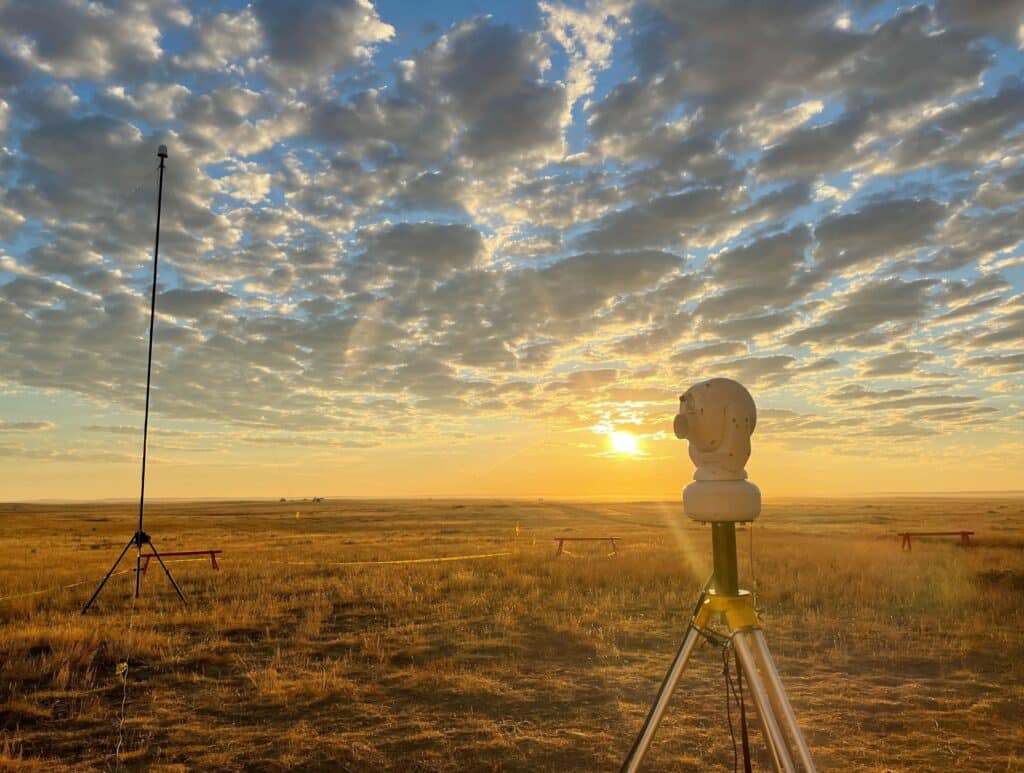
For more information about LiveLink and this project, visit their website www.LiveLinkAerospace.com.

TV Azteca, a leading Mexican broadcaster, has invested in HTZ Communications to ensure the future of digital terrestrial television in Mexico. Following the footsteps of other top broadcasters in the region, TV Azteca has incorporated HTZ into its network planning department. This empowers them to design, model, and optimise their networks while effectively managing the transition from ATSC 1.0 to 3.0.
ATDI collaborated with its Latin American partner, TES America, who conducted an extensive training program for the users. The training encompassed essential aspects of network planning, such as the management of network parameters (including cartography management, antennas, power gains and losses), propagation modelling, and identifying coverage and interference issues. HTZ provides valuable comparison features, enabling users to efficiently evaluate and contrast different technologies within a single project, making it particularly suitable for technology migrations and interaction with others.
Jorge Barrera of TES says, "The acquisition of HTZ will bring about a transformation in TV Azteca's operations, especially given the limited capabilities of the other tools previously used. A significant motivation for this purchase was the interference simulation capabilities of HTZ and the Antios tool, an integral antenna design solution in HTZ, which enhances antenna utilisation and reduces interference."
As the demand for streaming channels continues to rise, it's reassuring to see that terrestrial broadcasting in developing nations is in such capable hands.
This year’s most anticipated industry event ITU WRC-23 is fast approaching. Stakeholders and regulators from across the World gather to review and revise the Radio Regulations and to address various radio communication issues.

WRC-23 plays a crucial role across the industry by identifying and expanding spectrum availability for new services and promoting innovation and growth. One of the key focal points this year is the expansion and harmonisation of 5G, aiming to make affordable, next-generation services accessible to a wider audience. WRC’s aim to secure an additional 2GHz of spectrum in the low or mid bands poses a considerable challenge, and it will be fascinating to observe how this unfolds during the event.
The ATDI team at WRC-23 will be available to offer support and guidance to customers and industry professionals. Delegates are encouraged to arrange one-to-one meetings or visit their stand for a valuable opportunity for engagement and networking
Join us every Thursday at Stand D3, Zabeel 6, where our team will be hosting a weekly French culinary experience, offering delegates the chance to savour authentic French delicacies.



